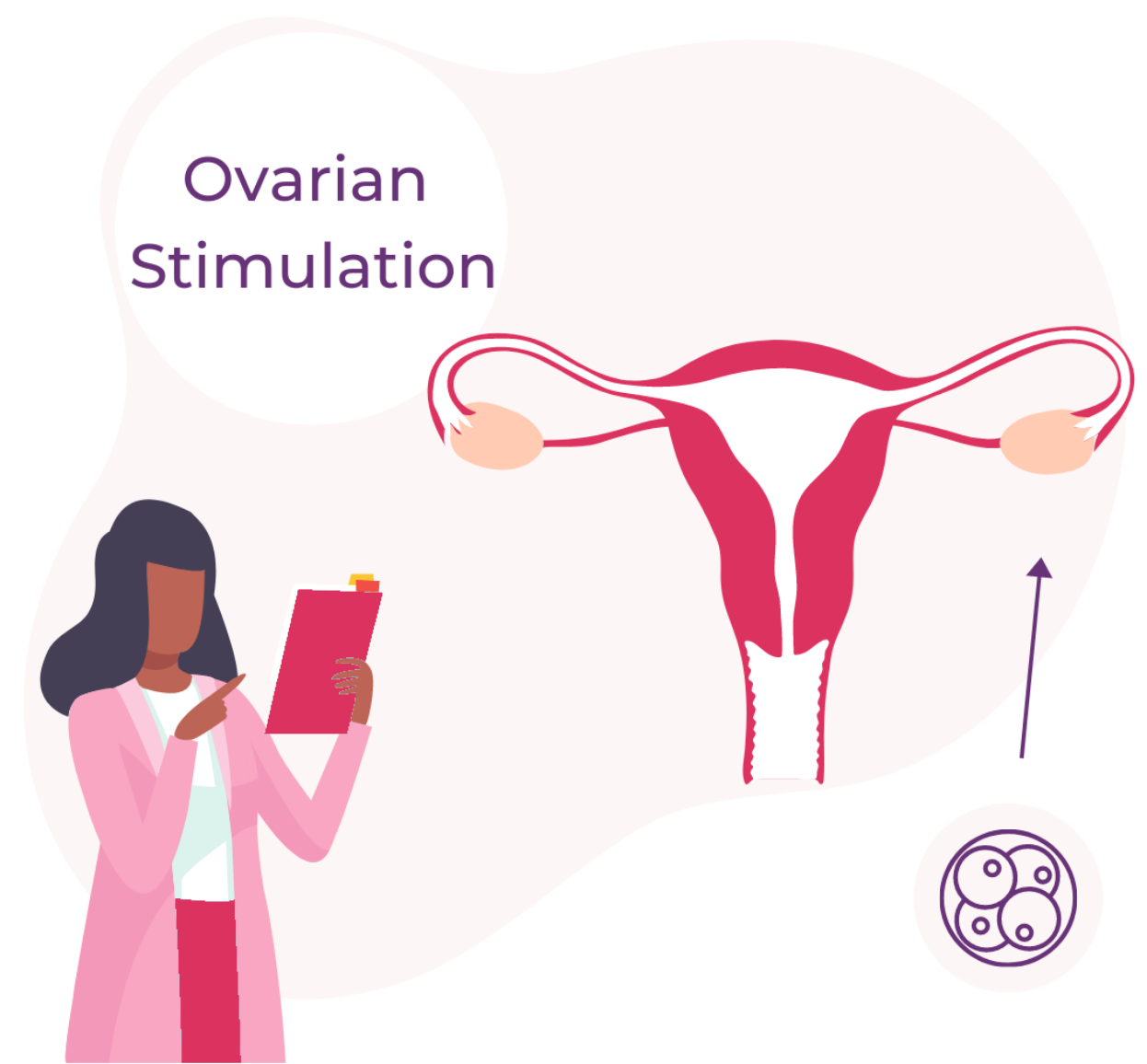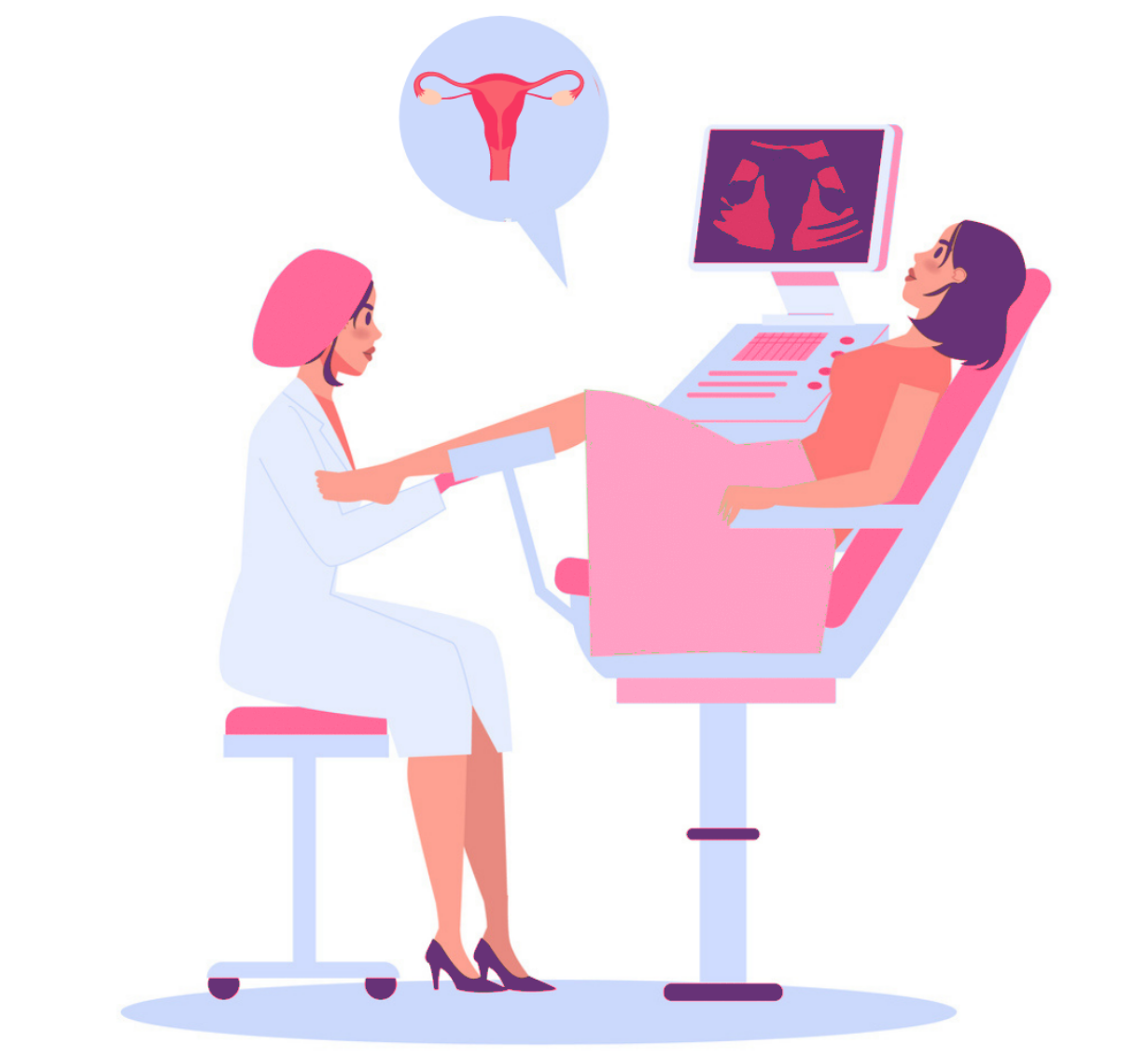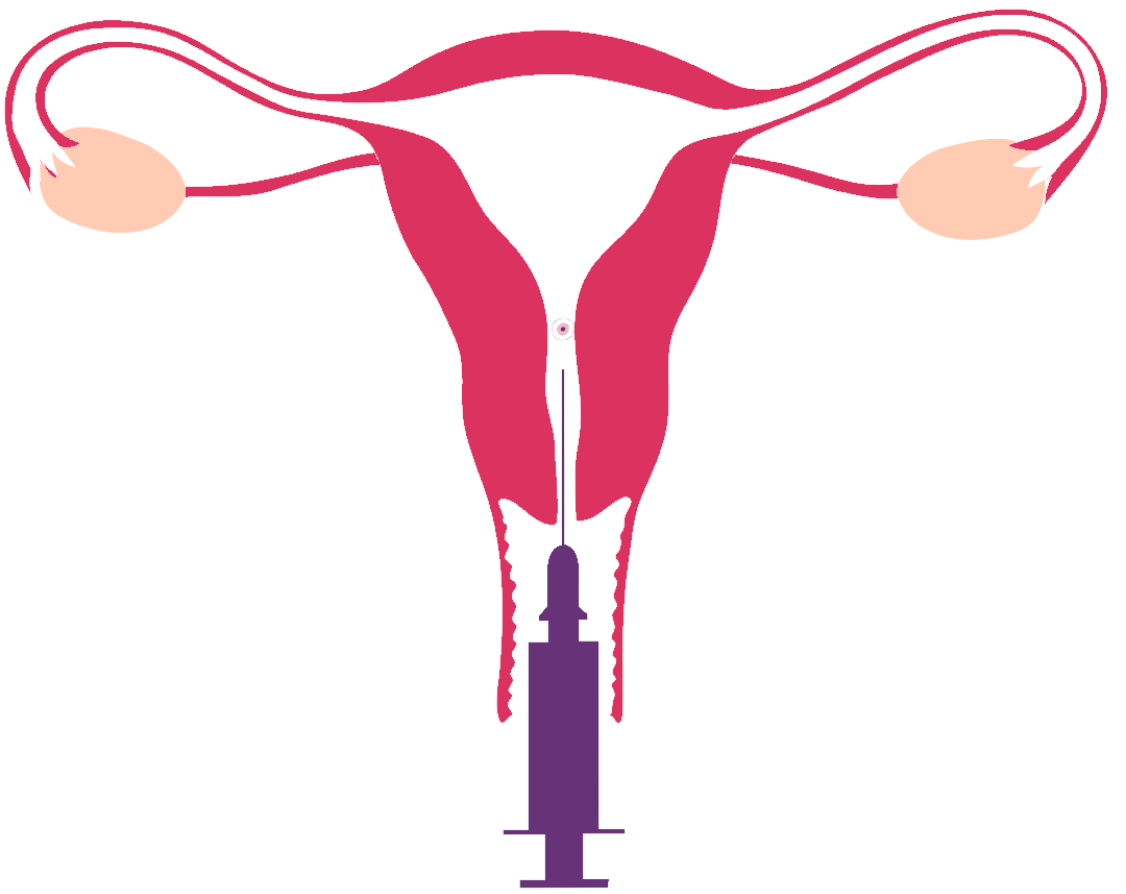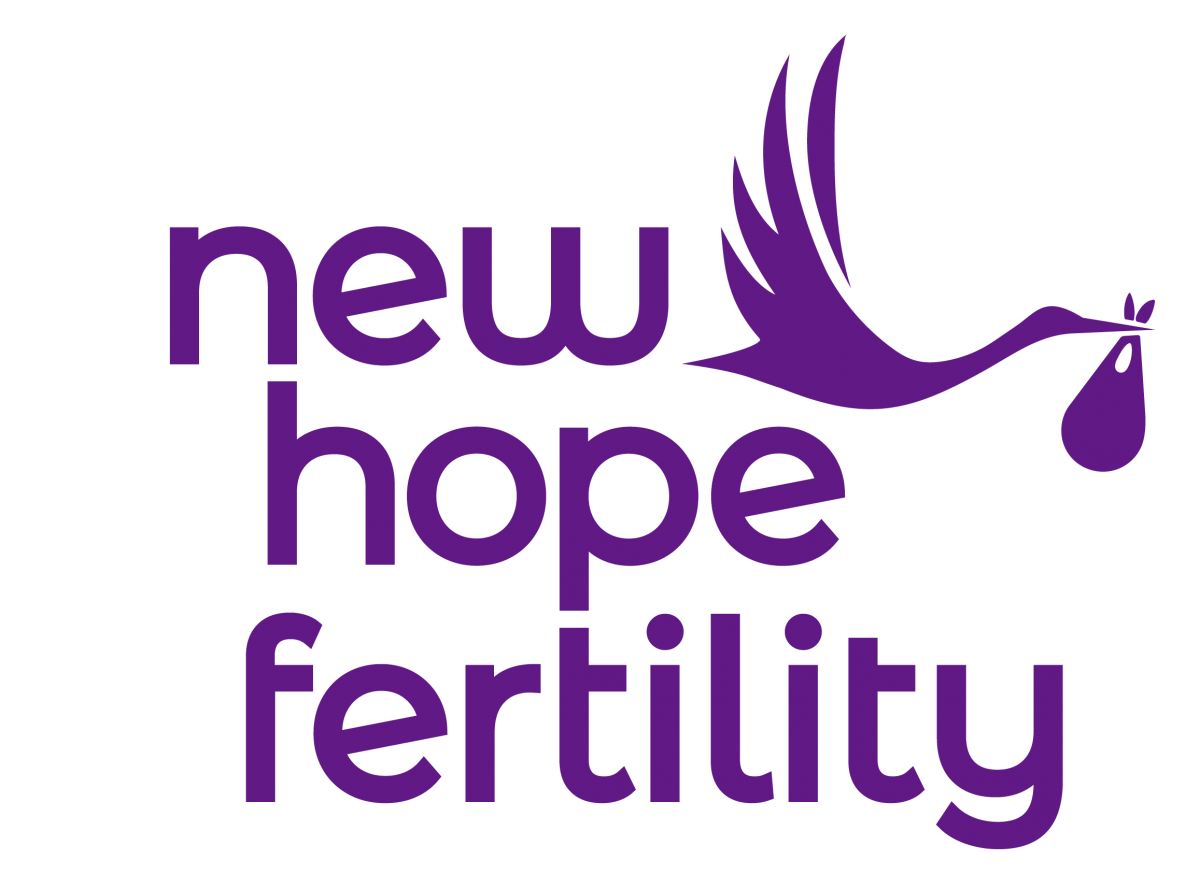MINI IVF
Minimal Stimulation IVF, a revolutionized, refined protocol that concentrates on quality rather than quantity. Results compare to that of Conventional IVF, just with less harsh medication.

What is Mini IVF?
Mini IVF is our trademarked minimal stimulation in vitro fertility treatment that offers a holistic approach and a gentle alternative to Conventional IVF. Mini IVF uses a minimal amount of oral medication and injections to stimulate the ovaries so they produce the maximum number of “quality” eggs in a single cycle.
Unlike other forms of traditional IVF, MINI IVF puts the focus on less medication and nearly eliminates the need for injections resulting in a less painful, less stressful, and less invasive treatment overall. This combination creates a more balanced, healthier approach to infertility treatment while stimulating the ovaries to produce the maximum amount of high-quality eggs in a single cycle. New Hope’s Mini IVF protocol has proven to be as successful as the standard IVF treatment, leading to many successful pregnancies since 2004.

Mini IVF Protocol
6-8 quality eggs
per cycle
Less Medication
Less Invasive
The Mini IVF protocol aims to stimulate a woman’s body into producing between 6-8 quality eggs per cycle. Rather than using large amounts of fertility medication to stimulate a woman’s ovulation, Mini IVF protocols limit the amount of medication used. With Mini IVF, a woman’s body is gently stimulated to produce a small number of high-quality eggs. Medication is limited to oral fertility drugs and injections of fertility medication. The resulting eggs are retrieved surgically, fertilized with sperm in a laboratory setting – in vitro – and monitored for quality. The healthiest embryo is then transferred to the woman’s uterus for implantation.
Why Mini IVF?
Low Ovarian Reserve
Women diagnosed with low ovarian reserve can benefit from taking less medication. With Mini IVF, the medications needed are mostly oral and are more affordable than the medication needed for Conventional IVF.
Blocked or Damaged Fallopian Tubes
Blocked or damaged fallopian tubes prevent women from getting pregnant naturally. Although pregnancy is possible, your fertility may decrease with damaged, one or no fallopian tubes. If that is the case, you will be the perfect candidate for Mini IVF treatment. Through Mini IVF, we collect the egg from the ovary, fertilizing it with sperm, and then place the fertilized egg in the uterus to grow.
Pioneers of Mini IVF
New Hope Fertility Center has spent over 17 years trying to perfect the Mini IVF protocol. After years of research and constant improvement, we have managed to provide a Mini IVF that is both gentle and accessible. We have changed the fertility industry by providing an IVF treatment that doesn’t strain our patients’ bodies and focuses on quality over quantity.
Mini IVF vs. Conventional IVF
The main difference between Conventional IVF and Mini IVF is the amount of injectable medication that is needed for ovarian stimulation. Mini IVF stimulates egg growth with oral medication and minor injections, whereas Conventional IVF requires daily injections with high dosage. Mini IVF produces fewer eggs but it ultimately focuses on quality over quantity. Despite their minor differences, their results are comparable.
CONVENTIONAL IVF
averaging $20,000-$30,000 total
More Aggressive Protocol
Less Quality Eggs
More Invasive
Mini IVF has proved to be more affordable than other IVF procedures since the cost of medication is not as high. At New Hope Fertility Center, our price for Mini IVF is less than other clinics from New York City to the West Coast. The ability to provide patients with the best possible medical care will always be our driving force, but how we do that is beginning to look and feel remarkably different.
Mini IVF Process
A typical Mini IVF cycle takes about two weeks. The Mini IVF process consists of 4 main steps: ovulation stimulation, egg retrieval, fertilization, and finally, the embryo transfer.
STEP 1
Ovarian Stimulation

The first step of the Mini IVF process is ovarian stimulation. In the ovarian stimulation stage of Mini IVF, oral medication and minimal injections are administered to stimulate the ovaries to produce a small number of high-quality eggs. The stimulation of the growth and development of multiple egg follicles within the ovaries using fertility drugs (FSH-follicle stimulating hormones), also known as controlled hyperstimulation of the ovaries.
Depending on the woman’s medical needs, an oral fertility medication — Clomid — is prescribed to gently stimulate her ovaries into producing multiple eggs. In some cases, fewer injections of Follistim/Gonal F or Menopur — may be prescribed in combination with Clomid to encourage egg production. Finally, Lupron is delivered 32-38 hours before surgical egg retrieval, depending on the hormone profile. During the ovulation induction, the patient will come into the office about five to seven times for daily monitoring appointments. Monitoring appointments consist of:
Transvaginal Ultrasounds: Measure the growth of each follicle and check on the thickness of the uterine lining.
Bloodwork: Measure estrogen levels to indicate the growth and maturation of the eggs; FSH to adjust medication dosage; LH to ensure patients have a stable environment for follicle growth.


STEP 2
Egg Retrieval/Sperm Collection

The second step of the Mini IVF process is egg retrieval and sperm collection. The egg retrieval is the most important step of the Mini IVF process. Once the trigger shot is administered, the physician will schedule the egg retrieval 32-38 hours after, depending on each patient’s hormone level. The timing is crucial in this phase, as the egg retrieval must be performed at the expected time of ovulation.
The egg retrieval process is usually done with local anesthesia and takes around 10-45 minutes, depending on the number of follicles that are being retrieved. The ultimate goal is to retrieve 6-8 egg follicles between the size of 18mm to 25mm.
The sperm collection is done on the day of the egg retrieval. If you have frozen sperm stored, it will be thawed. There is no difference in using fresh or frozen sperm.
STEP 3
Fertilization & Embryo Development

The third step of the Mini IVF process is the fertilization of the egg with sperm. Fertilization of the eggs is done in a controlled laboratory setting through conventional fertilization or a procedure known as ICSI (Intracytoplasmic Sperm Injection).
After fertilization, the embryos are then closely monitored in the laboratory to ensure that they are growing and developing well. The goal is to see the embryo develop into the blastocyst stage, which usually occurs between day 5 to day 7.
o ensure patients have a stable environment for follicle growth.


STEP 4
Embryo Transfer

The fourth and final step of the Mini IVF process is the embryo transfer. On average, an embryo transfer takes about 15-20 minutes for the procedure. The embryo transfer is usually done without anesthesia, but sometimes, depending on the patient, it is done under anesthesia (local or IV).
During the embryo transfer, your physician will insert a thin catheter into the uterus and release the embryo(s). The whole procedure is visually monitored through a sonogram.
Following the embryo transfer, the patient will be sent to the recovery room. Recovery time could range from 30 minutes up to an hour depending on the type of anesthesia used during the procedure.
Finally, after the embryo transfer, the patient will come into the office one week later to take a pregnancy test.
